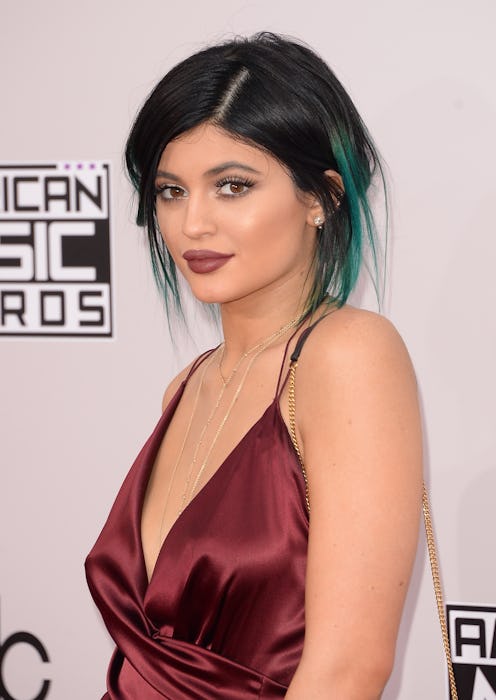Fashion
All The Brushes You Need For A Perfect Contour
Contouring is super on-trend right now. Every company is coming out with "the best contour brush" and new contouring and highlighting products — and a bunch of them are worth trying. However, if you're new to contouring, it might not be the most intuitive thing to master. Whereas with eyeshadow, lipstick, and blush it's more about playing with color, contouring is more about shaping the face.
There are many places on your face that can be contoured depending on the effect you want. You can make your cheekbones pop, you can make your forehead and nose appear smaller, you can make your jawline more defined, and you can even make your lips appear bigger. And although you'll definitely want a brush that you can contour with in your makeup brush arsenal, with so many types on the market, how do you choose?
One thing you'll definitely want to consider is how often you intend to contour and how important of a step it is to you. Quality contouring brushes can be expensive, so if you're more of a casual contourer, you might prefer a brush from the drugstore. You'll also want to consider which parts of your face you prefer to contour. If you're all about extreme cheekbone definition, you might want a longer, flat-style brush. If you like to tackle your cheekbones and your temples more softly, try an angled brush. And if you like very precise contouring whether it's your cheeks, temples, or jawline you might want to try a smaller dome-shaped brush. (And if you only want to contour smaller features like your nose, you can just use an eyeshadow blending brush instead.) But whatever your preference, here are some contouring brushes to consider:
From left: NARS Kabuki Ita Brush, $55, Amazon; Kevyn Aucoin Contour Brush, $38, Amazon; Real Techniques Bold Metals 301 Flat Contour Brush, $14, Amazon; Real Techniques Sculpting Brush, $10, Amazon; E.L.F. Angled Brush, $6, Amazon
Now, let's learn how to use them, shall we?
Where To Contour
Cheekbones: Contouring the cheeks is essentially shading the area directly beneath the cheekbones. By shading this area, it will make your cheekbones appear to pop while simultaneously slimming the face. Concentrate color at the highest point under the cheekbone by the ear, and blend toward the corner of your mouth (but don't actually drag color that far). If you're having trouble finding the correct area to shade, try making a fish face, and follow the part of your cheeks that is sucked in.
Forehead: If you were to focus a light directly on the center of your face, which parts would have the most shadow? The perimeter of your face, of course. To contour the forehead, you'll want to lightly shade around your hairline, concentrating a little more heavily on the hollow spots directly beneath your temples. If you're not sure where this spot is, lightly drag your fingers from the top of your forehead around the side of your face. The first dip you should feel is that hollow. (The second is the space below your cheekbone where you will also have contoured.)
Jawline: To really define your jawline, start from behind your ear lobe and drag product along the edge, and slightly under your jaw until you reach your chin. When you blend, make sure not to move any product onto the side of your jaw or front of your chin. Instead, the blending should be kept mostly on the underside of your jaw.
Images: Courtesy Brands, Miki Hayes
